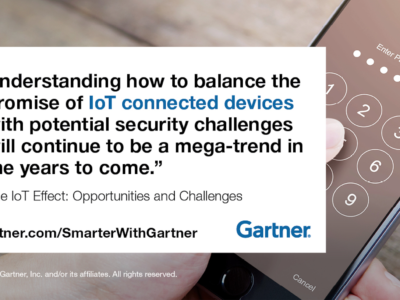If you’re a CIO, your personal brand may be your strongest asset, or greatest liability.
Rather than leaving it to chance, it’s worth actively managing your personal brand with the same level of dedication as a consumer products company.
Everything you do, say and don’t say is watched closely by those around you and used to form assumptions that will impact how your team responds to your instructions, how receptive peers are to your ideas and your credibility with superiors.
According to Bard Papegaaij, research director at Gartner, your brand is essentially determined by what you believe in, how you behave and what people think you believe in.
“When these dimensions are not acting in unison, your personal brand is chaotic and unpredictable and people may assume that even “good” actions on your part are nefarious and manipulative,” said Mr. Papegaaij. “When they’re in harmony and people hold positive assumptions about your intentions, sometimes even serious mistakes are more easily forgiven.”
How do you build trust and change the assumptions that people hold about you?
Be seen
Many CIOs are so wrapped up in their day-to-day business that they become practically invisible to the people they want to trust them. To engender trust, your first concern is to be perceived so people have something against which they can test their assumptions about you.
Produce results
Your results are a measure of how well your beliefs and actions align with your stakeholders’ expectations of you. When consistent with your promises and their expectations, you’ll be seen as competent and reliable.
Be consistent
For people to trust you, your beliefs and actions must be consistent with their assumptions about you. This depends on demonstrating consistent behaviour across different situations and events.
Improve communication
Your communications have a significant influence on how you are perceived and how trustworthy you are considered to be.
Align intentions with stakeholders
To trust you, people need to have a feeling that your intentions align with theirs and that you share their concerns.
Consistent communications
All face-to-face communications are a mix of verbal (what you say) and non-verbal (how you say it). When non-verbal contradict your verbal messages, they often have a much stronger influence on audience perceptions than what you actually say.
Building trust is an ongoing process and takes time. It means consciously addressing the perceived alignment between what you believe in, your actions and stakeholders’ assumptions in all your communications.
CIOs who lay a solid foundation for a long-term trusting relationship are those who will have a strategic impact on their organizations.
Gartner clients can read more in the report ‘CIOs Build a Better Brand by Building Trust.’











